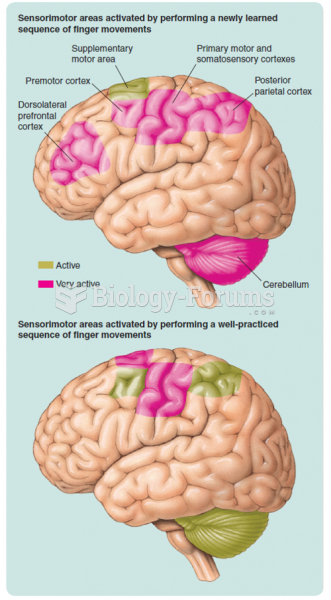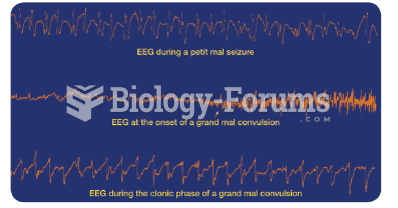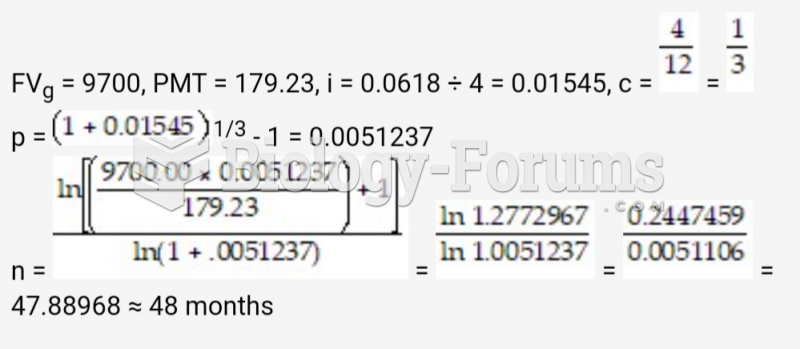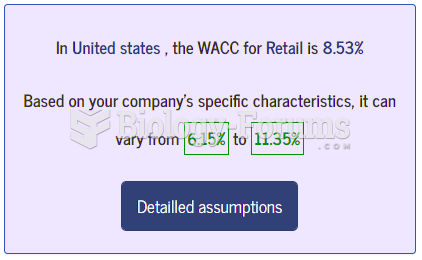Answer to Question 1
B
Answer to Question 2
1. Campa St. Edith's
Coal Glass Total
Direct costs:
Partner professional labor,
100 50; 100 75 5,000 7,500 12,500
Associate professional labor,
60 100; 60 25 6,000 1,500 7,500
Research support labor 1,800 3,850 5,650
Computer time 400 1,600 2,000
Travel and allowances 700 4,200 4,900
Telephones/faxes 250 1,200 1,450
Photocopying 300 700 1,000
Total direct costs 14,450 20,550 35,000
Indirect costs allocated:
Indirect costs for partners,
48 50; 48 75 2,400 3,600 6,000
Indirect costs for associates,
32 100; 32 25 3,200 800 4,000
Total indirect costs 5,600 4,400 10,000
Total costs to be billed 20,050 24,950 45,000
Campa St. Edith's
Comparison Coal Glass Total
Single direct cost/
Single indirect cost pool 27,000 18,000 45,000
Multiple direct costs/
Single indirect cost pool 21,450 23,550 45,000
Multiple direct costs/
Multiple indirect cost pools 20,050 24,950 45,000
The higher the percentage of costs directly traced to each case, and the greater the number of homogeneous indirect cost pools linked to the cost drivers of indirect costs, the more accurate the product cost of each individual case.
The Campa and St. Edith's cases differ in how they use resource areas of Bradley Associates:
Campa St. Edith's
Coal Glass
Partner professional labor 40.0 60.0
Associate professional labor 80.0 20.0
Research support labor 31.9 68.1
Computer time 20.0 80.0
Travel and allowances 14.3 85.7
Telephones/faxes 17.2 82.8
Photocopying 30.0 70.0
The Campa Coal case makes relatively low use of the higher-cost partners but relatively higher use of the lower-cost associates than does St. Edith's Glass. As a result, it also uses less of the higher indirect costs required to support partners compared to associates. The Campa Coal case also makes relatively lower use of the support labor, computer time, travel, phones/faxes, and photocopying resource areas than does the St. Edith's Glass case.
2. The specific areas where the multiple direct/multiple indirect (MD/MI) approach can provide better information for decisions at Bradley Associates include the following:
Pricing and product (case) emphasis decisions. In a bidding situation using single direct/single indirect (SD/SI) or multiple direct/single indirect (MD/SI) data, Bradley may win bids for legal cases on which it will subsequently lose money. It may also not win bids on which it would make money with a lower-priced bid.
From a strategic viewpoint, SD/SI or MD/SI exposes Bradley Associates to cherry-picking by competitors. Other law firms may focus exclusively on Campa Coal-type cases and take sizable amounts of profitable business from Bradley Associates. MD/MI reduces the likelihood of Bradley Associates losing cases on which it would have made money.
Client relationships. MD/MI provides a better road map for clients to understand how costs are accumulated at Bradley Associates. Bradley can use this road map when meeting with clients to plan the work to be done on a case before it commences. Clients can negotiate ways to get a lower-cost case from Bradley, given the information in MD/MIfor example, (a) use a higher proportion of associate labor time and a lower proportion of a partner time, and (b) use fax machines more and air travel less. If clients are informed in advance how costs will be accumulated, there is less likelihood of disputes about bills submitted to them after the work is done.
Cost control. The MD/MI approach better highlights the individual cost areas at Bradley Associates than does the SD/SI or MD/SI approaches:
MD/MI SD/SI MD/SI
Number of direct cost categories 7 1 7
Number of indirect cost categories 2 1 1
Total 9 2 8
MD/MI is likely to promote better cost-control practices than SD/SI or MD/SI, as the nine cost categories in MD/MI give Bradley a better handle on how to effectively manage different categories of both direct and indirect costs.







